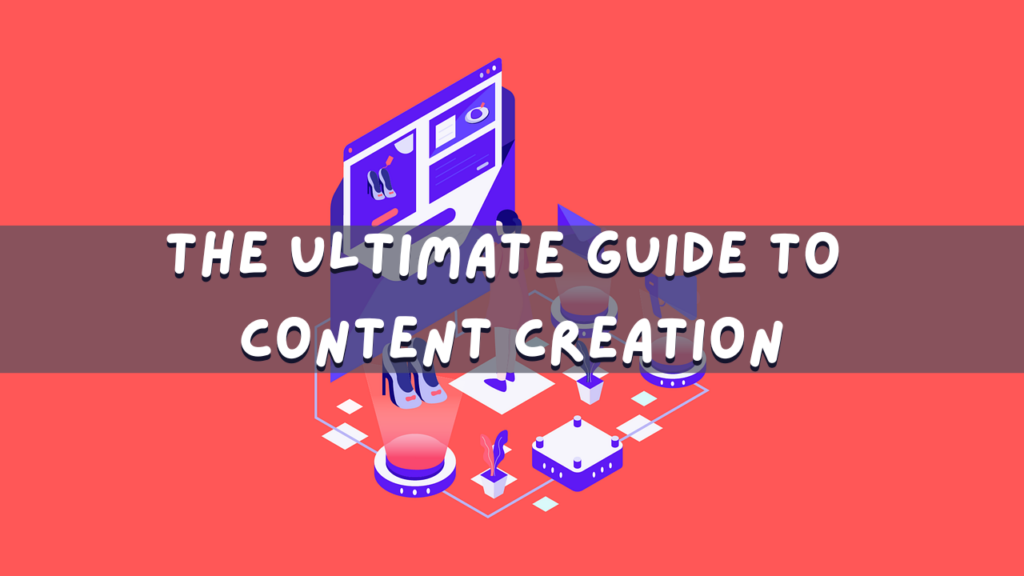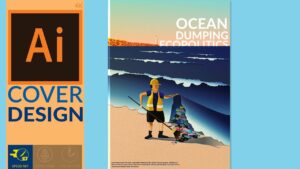The Ultimate Guide to Content Creation: Strategies, Techniques, and Best Practices for Success

Introduction:
Content creation has become a cornerstone of digital marketing, branding, and communication strategies in today’s interconnected world. Whether you’re a business owner, marketer, blogger, or creative professional, the ability to create high-quality, engaging content is essential for building brand awareness, driving traffic, and engaging audiences online. In this extensive guide, we will explore the art and science of content creation, providing you with a comprehensive roadmap to crafting compelling content that resonates with your target audience and achieves your goals.
Understanding Content Creation:
Content creation encompasses the process of conceptualizing, planning, producing, and distributing content across various channels and platforms. From blog posts and articles to videos, podcasts, social media posts, and more, content creation takes many forms, each with its unique considerations and challenges. At its core, effective content creation requires a deep understanding of your audience, clear objectives, and a strategic approach to storytelling and engagement.
Developing a Content Strategy:
- Defining Your Objectives: Before diving into content creation, it’s essential to define your objectives and goals. Are you looking to increase brand awareness, generate leads, drive sales, or educate your audience? Understanding your objectives will help shape your content strategy and guide your decision-making process.
- Identifying Your Target Audience: Know your audience inside and out. Conduct thorough market research to identify your target demographic, including their demographics, interests, pain points, and preferences. Tailor your content to address the needs and interests of your target audience, ensuring relevance and resonance.
- Conducting Keyword Research: Keyword research is crucial for optimizing your content for search engines and attracting organic traffic. Use keyword research tools such as Google Keyword Planner, SEMrush, or Ahrefs to identify relevant keywords and topics with high search volume and low competition.
Creating Engaging Content:
- Crafting Compelling Headlines: Your headline is the first thing readers see, so make it count. Craft attention-grabbing headlines that promise value, evoke curiosity, and compel readers to click and engage with your content.
- Telling Compelling Stories: Storytelling is a powerful tool for connecting with your audience on an emotional level. Weave compelling narratives into your content, using storytelling techniques such as conflict, character development, and resolution to captivate and engage readers.
- Using Visuals and Multimedia: Visual content, including images, videos, infographics, and interactive media, can enhance the impact and effectiveness of your content. Use visuals strategically to break up text, illustrate concepts, and engage users visually.
- Providing Value and Utility: Your content should provide genuine value and utility to your audience. Offer actionable insights, practical tips, and useful information that address their needs, solve their problems, and enrich their lives in some way.
Distributing and Promoting Your Content:
- Leveraging Social Media: Social media platforms offer powerful distribution channels for sharing and promoting your content. Identify the platforms where your target audience is most active and tailor your content and messaging to each platform’s unique characteristics and audience preferences.
- Building an Email List: Email marketing remains one of the most effective channels for reaching and engaging your audience. Build an email list of subscribers who have opted in to receive updates and content from your brand, and regularly send them valuable content, promotions, and updates.
- Engaging with Influencers: Partnering with influencers and thought leaders in your industry can help amplify your content reach and credibility. Identify influencers whose audience aligns with yours and collaborate with them on content creation, co-marketing campaigns, and influencer partnerships.
Analyzing and Iterating:
- Tracking and Analyzing Performance: Monitor the performance of your content using analytics tools such as Google Analytics, social media analytics, and email marketing platforms. Track key metrics such as website traffic, engagement, conversions, and ROI to measure the effectiveness of your content efforts.
- Gathering Feedback: Solicit feedback from your audience through surveys, polls, and comments to gain insights into what resonates with them and what areas can be improved. Use feedback to refine your content strategy, optimize your content, and better meet the needs of your audience.
- Iterating and Improving: Content creation is an iterative process. Use data-driven insights and feedback to continually refine and improve your content strategy, messaging, and tactics. Experiment with different formats, channels, and approaches to identify what works best for your audience and goals.
Conclusion:
Content creation is both an art and a science, requiring creativity, strategy, and a deep understanding of your audience and objectives. By following the strategies, techniques, and best practices outlined in this guide, you can create compelling content that resonates with your audience, drives engagement, and achieves your goals. Whether you’re a seasoned content creator or just starting out, the ultimate guide to content creation provides you with a comprehensive roadmap to success in the dynamic and ever-evolving world of digital content.




